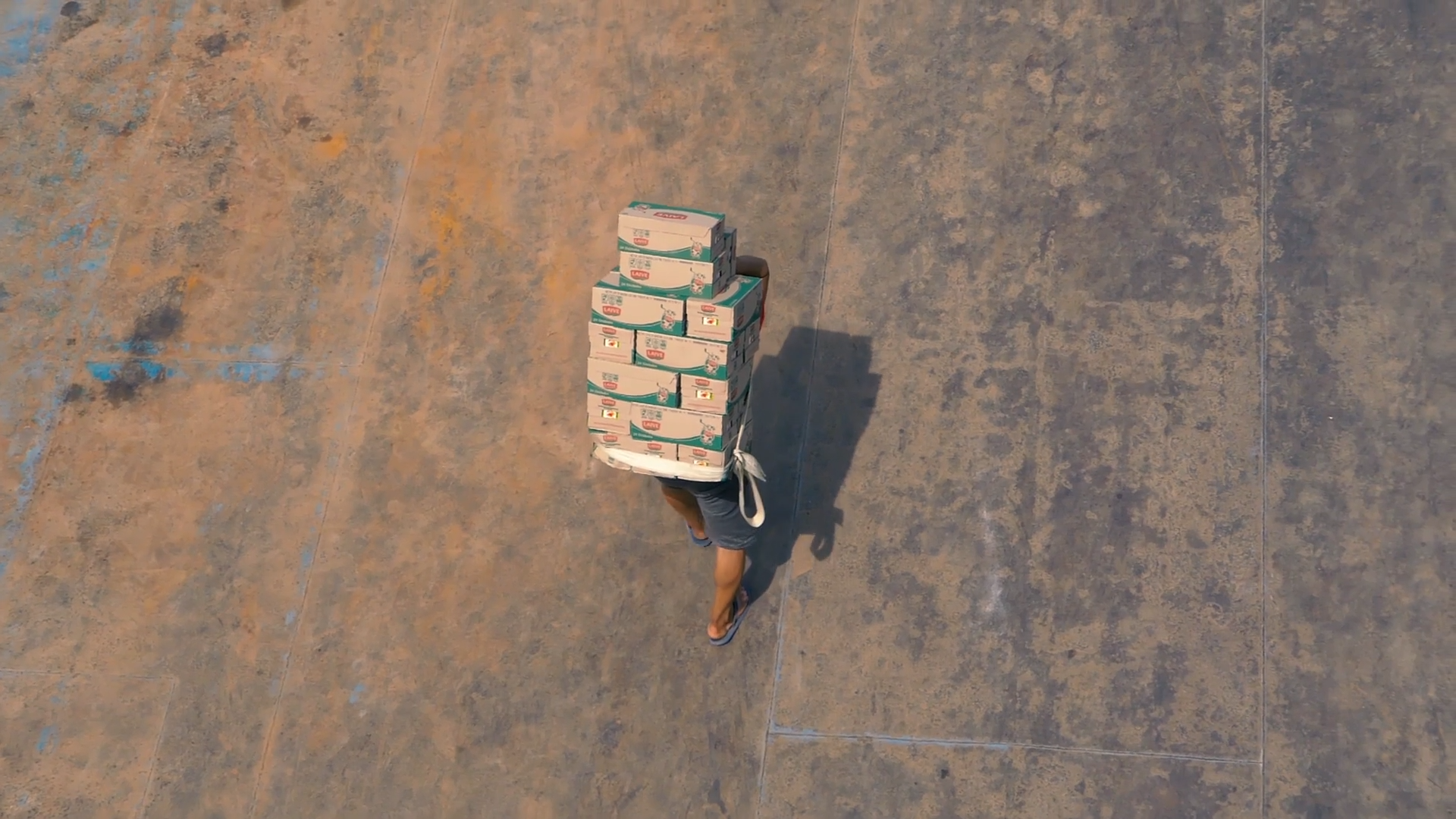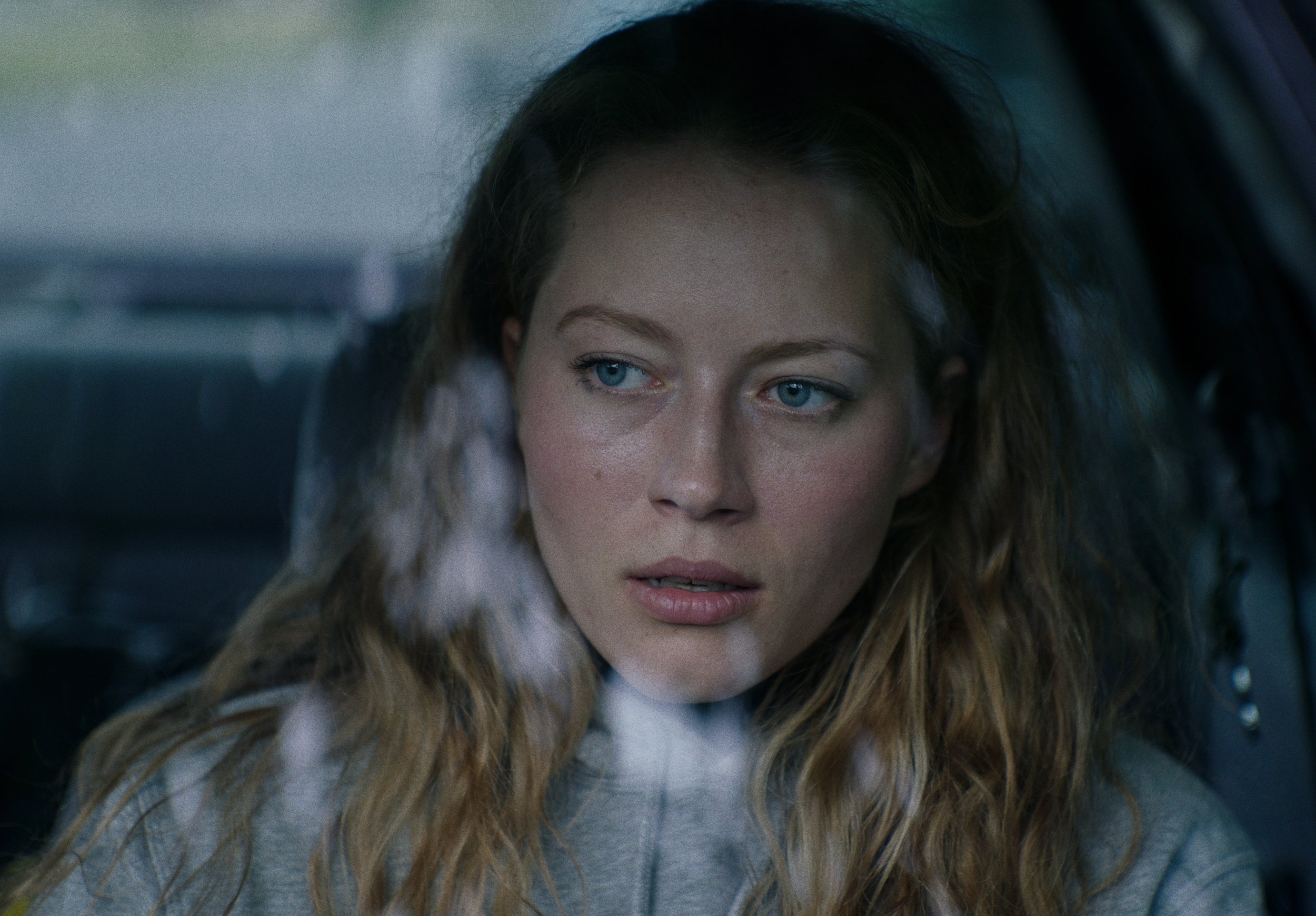Érosion
Directed by ALAIN PETITEAU
France, 2017
Experimental
Nude bodies share love and sorrow before disappearing in the distance as planets in outer space.
Read our interview with Alain below to learn more about the film.
ALAIN PETITEAU
Learn More
Est. Reading Time: 7 Minutes
On Casting
MARK (M) It was interesting to see people at different ages throughout the film. Please tell us about using characters and actors at various ages to perhaps signify different phases of their love and connection?
ALAIN (A) At the beginning I knew I wanted people at different ages throughout the film to show diversity of ages, gender and ethnicity. My first idea was not to tell a story but only to show people like statues. That’s why I was not looking for actors but only people that were used to working with their body in different ways: the young lady practices judo and horse riding, the old lady used to participate in cabaret burlesque, one of the young men was exploring singing and using his breath, and two others have already participated in projects with nudity.
A It was more complicated than I thought to find diversity and I was really surprised to only find people between 18 and 35 years old. Fortunately, a woman of 60 years old agreed to participate and because there were only two women in the film, I began to think of the women as the same character - the young one and the old one. This idea helped me imagine a kind of structure that would show the evolution of different relationships between characters. The old woman would be associated with young men as memories of people she loved, as a child or a man she loved when she was young. And the young woman would be shown with two men fighting for her, and then living a real connection with one of them. But I never wrote a script, I just imagined different possibilities of interactions between characters and recorded them.
A It is also important to say that the actors were mostly alone during filming so I was already trying to find a solution for the edit on set. When I edited the film, I decided to tell a story to make this part of the process easier, because there were too many rushes to make good decisions. So, if the women were the same person at different ages, it seemed like it was better to begin the film with the old woman remembering the man she loved when she was young, and who died fighting with another man. However, if the character of the woman is made of two persons at different ages, I decided it was best to do the contrary with the male characters that would be interpreted by several men of the same age. This is perhaps the reason why we feel different kinds of love and connections between all the characters.
On Nudity
M I would like to discuss your process of shooting intimacy and nudity on set. Please tell us about how you made the actors feel comfortable on set - what actions and steps did you take to create a safe environment for the actors to perform intimate and nude scenes?
A When I prepared this project, I was pretty worried about it but I made the decision to be very clear with each person who was going to be in the film so I could not be misunderstood. I drew ideas of what I wanted to record to be sure about what to ask the actors, and it helped me to be more efficient in my explanations. But the real first step I took was publishing an announcement that was very clear and precise about my intentions. I remember the text was pretty long but I think it was useful because most of the people seemed to be very interested in the project and accepted to meet me in person.
A The second step was to meet the people that answered my announcement. There were no more than ten people and I decided to meet them in a neutral place like a café, and spend at least two hours with each person to make everything very clear. The first thing I always did was to tell them about my life, my vision of cinema and the aim I really wanted to reach. Obviously, at the beginning they were listening to me, but then they felt confident enough to tell me their story and what they wanted to explore with my project. This was the moment where I would show them my drawings to better explain what we will do and how we will get it on screen. This is mostly how I did it and I think it was important to dedicate two hours to each person.
A The third step was communication on set. When the actors arrived at work I always said the best way to avoid misunderstanding was to talk together when we felt it was necessary. If the communication was possible at any moment, the actors would feel totally respected and that their voice was important. I tried to always give them some private space. For instance, when the actors were on set for the first time, I explained where to get undressed and keep all of their personal belongings. I also gave them a bathrobe to quickly get dressed between two shots and not get cold or feel uncomfortable. And this method worked all the time, even when it was totally unexpected. For example, one day there were three naked persons on set, two men and one young woman, which was not common. After doing everything, the actors felt so comfortable that they decided to propose me something I had not planned which was, from my point of view, really brave. I did not keep this experience in the final cut but I felt so proud of them and thankful for making this gift.
On Process & Discovery
M In making and finishing the film, what did you discover and learn that you might adopt or further explore in future projects?
A I loved so much to create the darkness of the film and make it as dark as black ink, working only with lights and filming everything on set, but never with VFX or during the edit. This was something I promised to myself: make it simple and do it for real, even if the conditions of work could be complicated. Even if I was in a studio not bigger than a classroom, I did my best to make people think it was a huge and empty place. Managing lights was the real secret and never letting the screen images appear on the wall or on the floor was my personal challenge. Sometimes I even used two screens at the same time, which made it more difficult, but that’s how I discovered a new way of creating space.
I really enjoyed filming human bodies and nudity because this project was perfect to explore with different scales and go further than traditional boundaries. For instance, I liked to film close-ups with a macro lens because it allowed me to go further in search of new explorations and representations.
A But if I had to choose only one thing I discovered about human bodies during this project it would be the meaning of choreography. It made me understand that writing with your body was the way to use them in time and space, which could be interpreted in cinema as telling stories with rhythm and gestures. This made my work with the actors much more interesting because I observed them and wondered ‘what is he/she able to give and what can we explore together?’.
Erosion was also the perfect project to explore sound design because this was the first time I could go further and create something I really consider as poetic. Poetry is like a game where you can put together things totally different and invent something new, like a new way to see or hear the world. That’s what I tried to do using unexpected sounds with certain images, like when we see four hands touching the face of the woman while hearing thunder. So if I want to bring new feelings and sensations to the public I know that I will keep exploring the different possibilities of sound design in my next movies.
Mark’s Final Thoughts
I think casting actors with experience in physical activities was a smart choice as it strongly coincides with the film’s exploration of movement and touch.
Tags Bourgeon Live-action Experimental
The founder of Hommage, Mark Shaba published this interview on 31.07.2022 Mark is a filmmaker from Victoria, Australia. He respectfully acknowledges the past and present traditional owners of the land on which he creates, promotes and screens art, the Wurundjeri people of the Kulin nation who are the custodians.


















